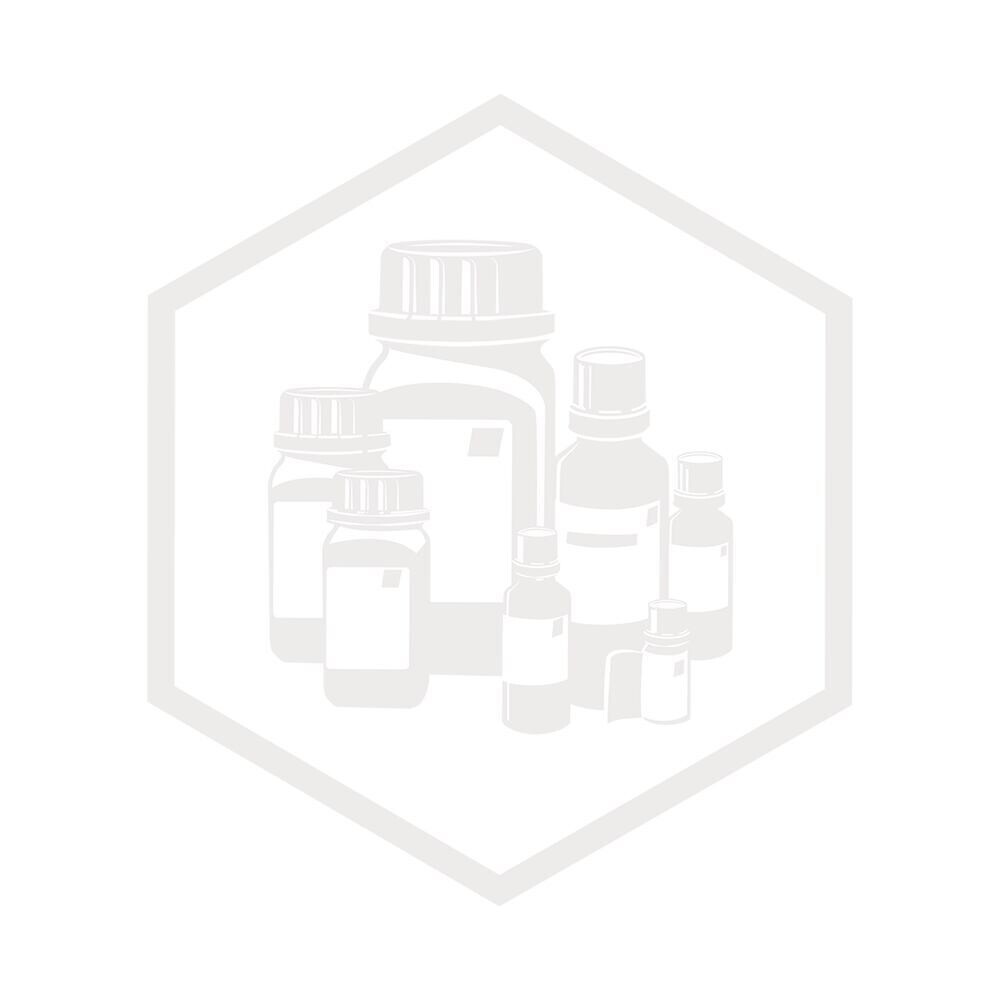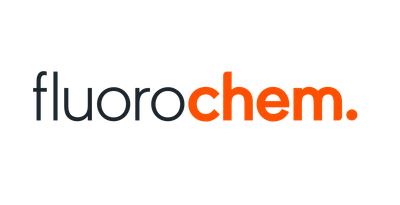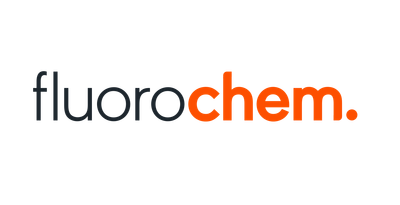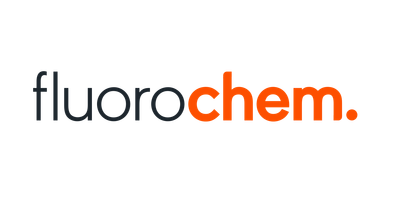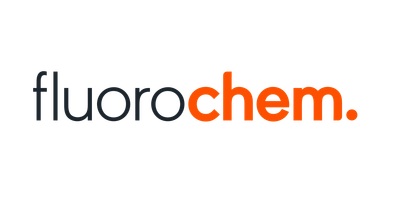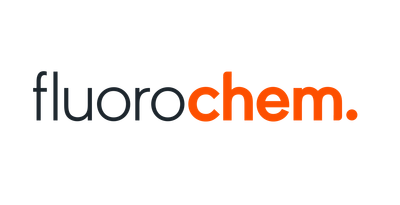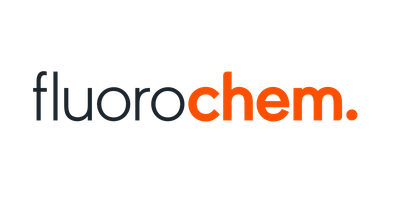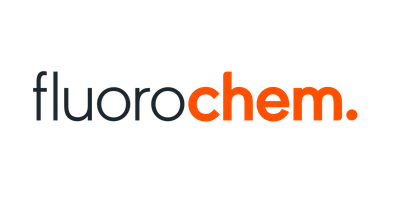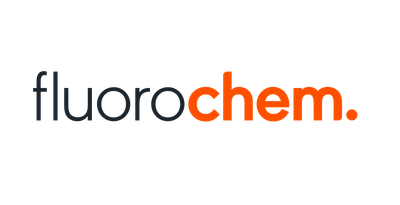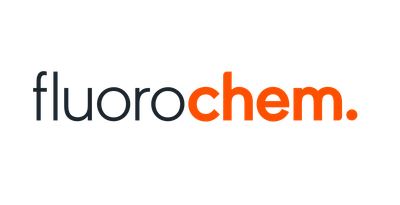Copper(I) thiocyanate 99% 50 g
SKU 001674
€ 78,30
In stock
1
Save this product for later
Copper(I) thiocyanate 99% 50 g
Product Details
CAS number: 18223-42-2
Chemical formulas: CuSCN/ F.W. 121.62/ powder
Cation: Cu
Packaging: 50 g
EAN: 8721028221186
Brand: Laboratoriumdiscounter
Copper(I) thiocyanate: A versatile compound with various applications in industries such as electronics, catalysis, and materials science. This copper-based compound exhibits unique properties that make it an essential component in the development of advanced technologies. Discover the potential of Copper(I) thiocyanate in enhancing performance and efficiency in diverse fields.
When working with Copper(I) thiocyanate, it is important to follow proper safety precautions to ensure your well-being. Here are some short safety instructions to keep in mind: 1. Personal Protective Equipment (PPE): Always wear appropriate PPE, including gloves, safety goggles, and a lab coat or protective clothing, to protect your skin, eyes, and clothing from potential contact with Copper(I) thiocyanate. 2. Ventilation: Work in a well-ventilated area or under a fume hood to prevent the inhalation of any fumes or dust generated during the handling or manipulation of Copper(I) thiocyanate. 3. Handling: Handle Copper(I) thiocyanate with care, avoiding any direct contact with your skin or eyes. Use appropriate tools, such as spatulas or tweezers, to minimize direct contact. 4. Storage: Store Copper(I) thiocyanate in a tightly sealed container in a cool, dry place away from incompatible substances. Follow any specific storage instructions provided by the manufacturer. 5. Spills and Cleanup: In case of spills, immediately contain and clean up the material using appropriate absorbent materials. Dispose of the waste according to local regulations and guidelines. 6. Disposal: Dispose of Copper(I) thiocyanate waste in accordance with local, state, and federal regulations. Do not pour it down the drain or dispose of it in regular trash bins. 7. Emergency Procedures: Familiarize yourself with the emergency procedures in your workplace, including the location of safety showers, eyewash stations, fire extinguishers, and first aid kits. 8. Training: Ensure that you have received proper training on the safe handling and use of Copper(I) thiocyanate before working with it. Seek guidance from a qualified professional if you are unsure about any aspect of its handling. Remember, these are general safety instructions, and it is essential to consult the specific safety data sheet (SDS) and follow any additional safety guidelines provided by the manufacturer for Copper(I) thiocyanate.
Please note, not all safety data for this product is available on our website, for a complete list of P en H sentences and other safety instructions please request the MSDS at our customer service
You May Also Like
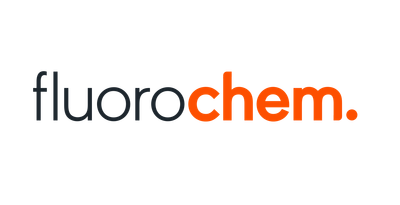
1-Benzyl-3-(biphenyl-4-yl)thiourea, 95%, 100mg
1-Benzyl-3-(biphenyl-4-yl)thiourea, 95%, 100mg
SKU F787964-100MG
€ 1 606,00
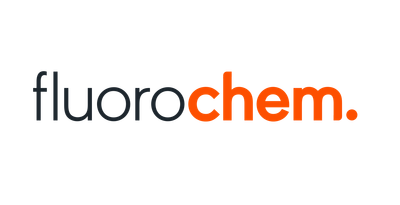
4-(1-Hydroxypropyl)-2-methoxyphenol, 250mg
4-(1-Hydroxypropyl)-2-methoxyphenol, 250mg
SKU F375163-250MG
€ 103,40
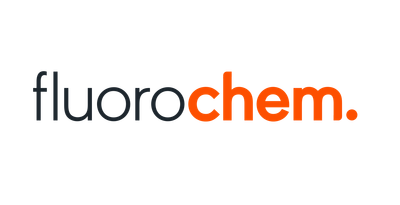
2-(Difluoromethyl)quinoline, 97%, 250mg
2-(Difluoromethyl)quinoline, 97%, 250mg
SKU F692820-250MG
€ 57,20
Powered by Lightspeed
Display prices in:EUR
